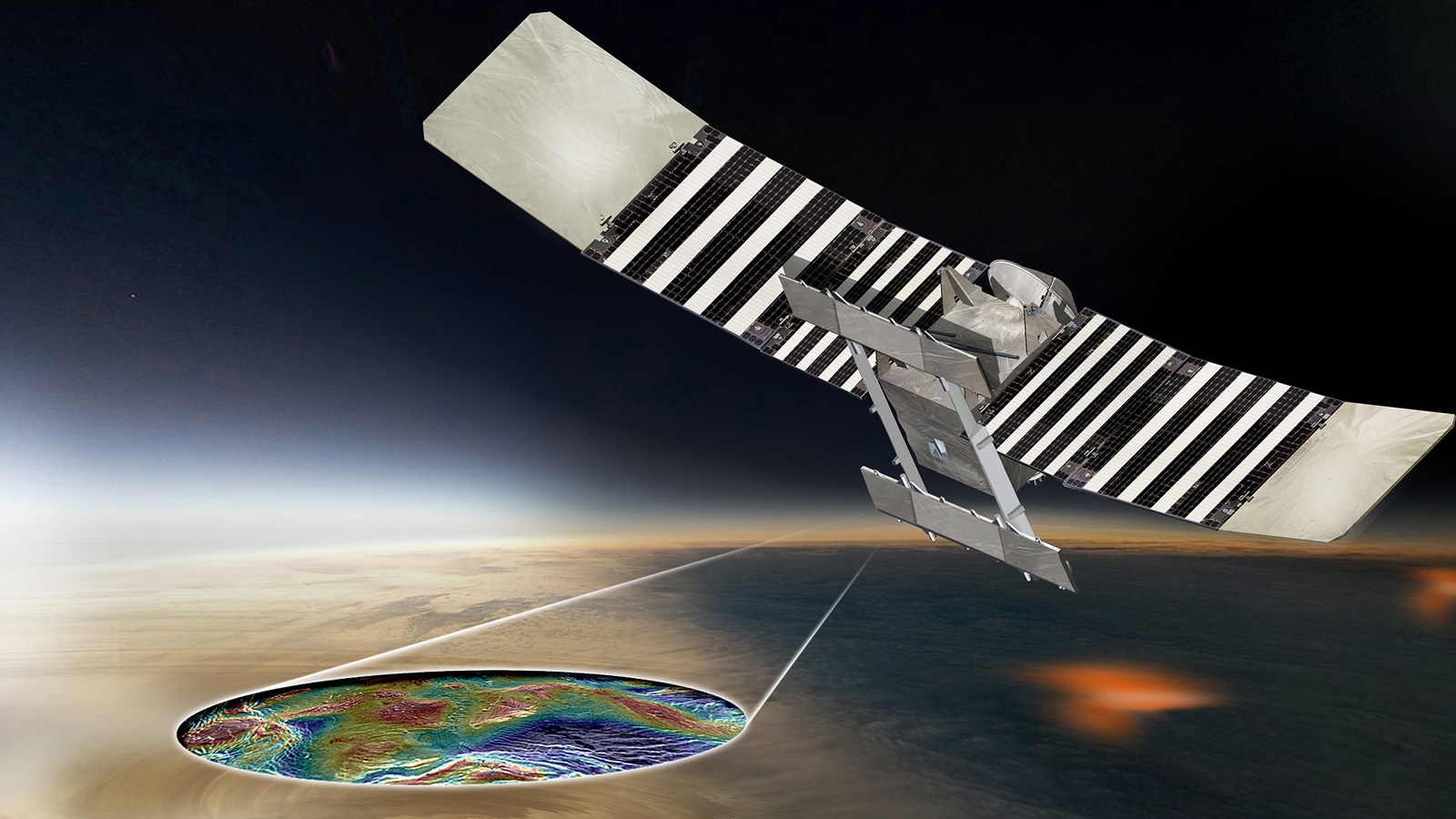Planets move in mysterious ways. Or at least their surfaces do. Earth famously has a system of tectonic plates that drives the movement of its crust. Those plate tectonics are ultimately driven by the flow of material in the mantle – the layer directly below the crust. Now, scientists have found a slightly different deformation mechanic on our nearest sister planet – Venus.
Continue reading “Venus’ Surface Tectonics is More Like Pack ice on Earth”ESA is Joining NASA With Their own Mission to Venus
It’s an exciting time to be a Venus watcher. Our sister planet, which has been the target of only one mission since the 1980s, is now the focus of not one, not two, but three missions from NASA and ESA. Combined, they promise to give the closest look ever at the Morning Star, and some of the processes that might have made such a similar world so different from our own.
Continue reading “ESA is Joining NASA With Their own Mission to Venus”Missions Are Already Being Planned to Figure Out What’s Creating the Biosignature on Venus
The discovery of phosphine in the upper clouds in Venus’ atmosphere has generated a lot of excitement. On Earth, phosphine is produced biologically, so it’s a sign of life. If it’s not produced by life, it takes an enormous amount of energy to be created abiologically.
On other planets like Jupiter, there’s enough energy to produce phosphine, so finding it there isn’t surprising. But on a small rocky world like Venus, where there’s no powerful source of energy, its existence is surprising.
This discovery clearly needs some more investigating.
Continue reading “Missions Are Already Being Planned to Figure Out What’s Creating the Biosignature on Venus”More Details On NASA’s VERITAS Mission, Which Could Go to Venus
Venus has always been a bit of the odd stepchild in the solar system. It’s similarities to Earth are uncanny: roughly the same size, mass, and distance from the sun. But the development paths the two planets ended up taking were very different, with one being the birthplace of all life as we know it, and the other becoming a cloud-covered, highly pressurized version of hell. That cloud cover, which is partially made up of sulfuric acid, has also given the planet an air of mystery. So much so that astronomers in the early 20th century speculated that there could be dinosaurs roaming about on the surface.
Some of that mystery will melt away if a team from NASA’s Jet Propulsion Laboratory gets a chance to launch their newest idea for a mission to the planet, the Venus Emissivity, Radio Science, InSAR, Topograph, and Spectroscopy (or VERITAS) mission.
Continue reading “More Details On NASA’s VERITAS Mission, Which Could Go to Venus”An Extremely Rare Gamma Ray Emitting Neutron Star Binary Has Been Found

Neutron stars are one of the most fascinating astronomical objects in the known Universe. In addition to being the densest type of star (with the possible exception of quark stars), they have also been known to form binary pairs with massive stars. To date, only 39 such systems have been discovered, and even fewer have been detected that were composed of a massive star and a very high energy (VHE) gamma-ray neutron star.
To date, only two of these systems have been found, the second of which was discovered just a few years ago by a team of international astronomers known as the Very Energetic Radiation Imaging Telescope Array System (VERITAS) collaboration. In addition to being a rare find, the discovery was also very fortunate, since the unusual behavior they observed coming from this system will not be happening again until 2067.
Continue reading “An Extremely Rare Gamma Ray Emitting Neutron Star Binary Has Been Found”
The Next Generation of Exploration: Back to Venus with VERITAS
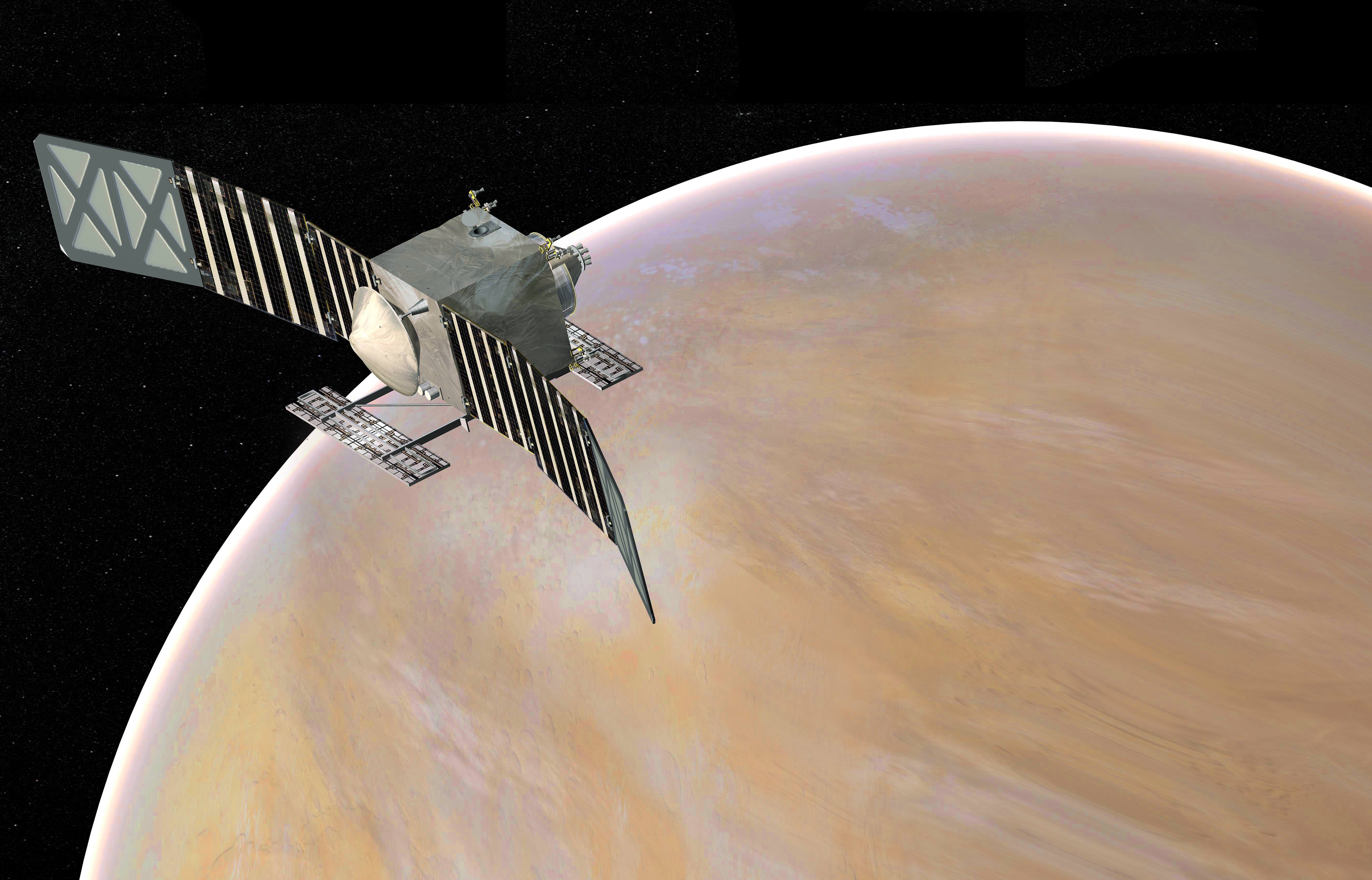
In February of 2014, NASA’s Discovery Program asked for proposals for the their 13th mission. Last week, five semifinalist were selected from the original 27 submissions for further investigation and refinement. Of the possible missions that could be going up, two involve sending a robotic spacecraft to a planet that NASA has not been to in decades: Venus!
The first is the DAVINCI spacecraft, which would study the chemical composition of Venus’ atmosphere. Meanwhile, the proposed VERITAS mission – or The Venus Emissivity, Radio Science, InSAR, Topography, and Spectroscopy spacecraft – would investigate the planet’s surface to determine just how much it has in common with Earth, and whether or not it was ever habitable.
In many respects, this mission would pick up where Magellan left off in the early 1990s. Having reached Venus in 1990, the Magellan spacecraft (otherwise known as the Venus Radar Mapper) mapped nearly the entire surface with an S-band Synthetic Aperture Radar (SAR) and microwave radiometer. From the data obtained, NASA scientists were able to make radar altimeter measurements of the planet’s topography.
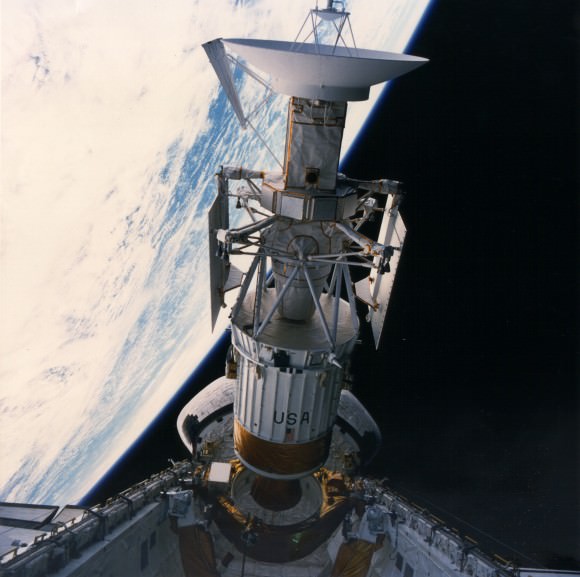
These measurements revolutionized our understanding of Venus’ geology and the geophysical processes that have shaped the planet’s surface. In addition to revealing a young surface with few impact craters, Magellan also showed evidence of volcanic activity and signs of plate tectonics.
However, the lack of finer resolution imagery and topography of the surface hampered efforts to answer definitively what role these forces have played in the formation and evolution of the surface. As a result, scientists have remained unclear as to what extent certain forces have shaped (and continue to shape) the surface of Venus.
With a suite of modern instruments, the VERITAS spacecraft would produce global, high-resolution topography and imaging of Venus’ surface and produce the first maps of deformation and global surface composition. These include an X-band radar configured as a single pass radar interferometer (known as VISAR) which would be coupled with a multispectral NIR emissivity mapping capability.
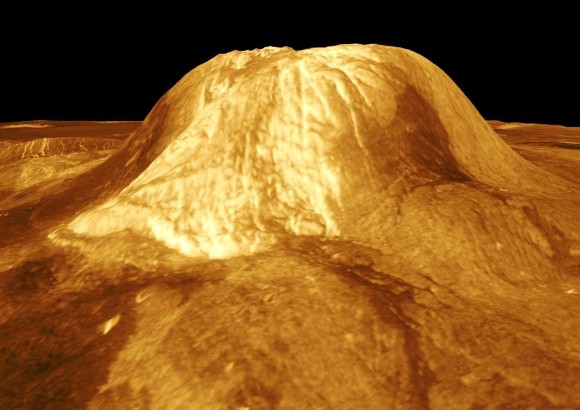
Using these, the VERITAS probe will be able to see through Venus’ thick clouds, map the surface at higher resolution than Magellan, and attempt to accomplish three major scientific goals: get a better understanding of Venus’ geologic evolution; determine what geologic processes are currently operating on Venus (including whether or not active volcanoes still exist); and find evidence for past or present water.
Suzanne Smrekar of NASA’s Jet Propulsion Laboratory (JPL) is the mission’s principal investigator, while the JPL would be responsible for managing the project. As she explained to Universe Today via email:
“VERITAS’ objectives are to reveal Venus’ geologic history, determine how active it is, and search for the fingerprints of past and present water. The overarching question is ‘How Earthlike is Venus?’ As more and more exoplanets are discovered, this information is essential to predicting whether Earth-sized planets are more likely to resemble Earth or Venus.”
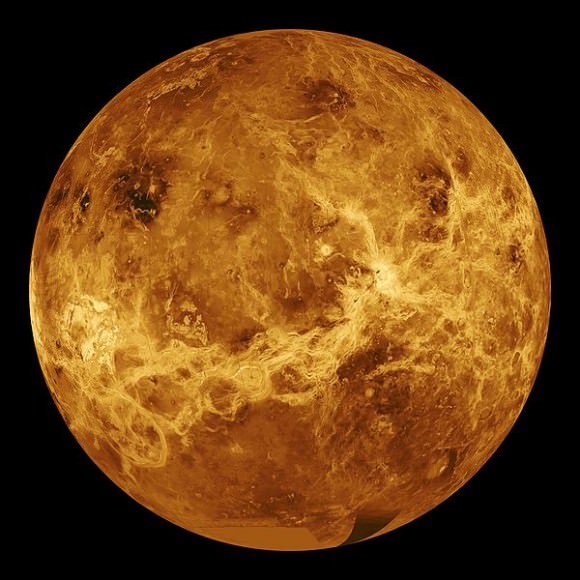
In many ways, VERITAS and DAVINCI represent a vindication for Venus scientists in the United States, who have not sent a probe to the planet since the Magellan orbiter mission ended in 1994. Since that time, efforts have been largely focused on Mars, where orbiters and landers have been looking for evidence of past and present water, and trying to piece together what Mars’ atmosphere used to look like.
But with Discovery Mission 13 and its five semi-finalists, the focus has now shifted onto Venus, near-Earth objects, and a variety of asteroids. As John Grunsfeld, astronaut and associate administrator for NASA’s Science Mission Directorate in Washington, explained:
“The selected investigations have the potential to reveal much about the formation of our solar system and its dynamic processes. Dynamic and exciting missions like these hold promise to unravel the mysteries of our solar system and inspire future generations of explorers. It’s an incredible time for science, and NASA is leading the way.”
Each investigation team will receive $3 million to conduct concept design studies and analyses. After a detailed review and evaluation of the concept studies, NASA will make the final selections by September 2016 for continued development. This final mission (or missions) that are selected will launcd by 2020 at the earliest.




